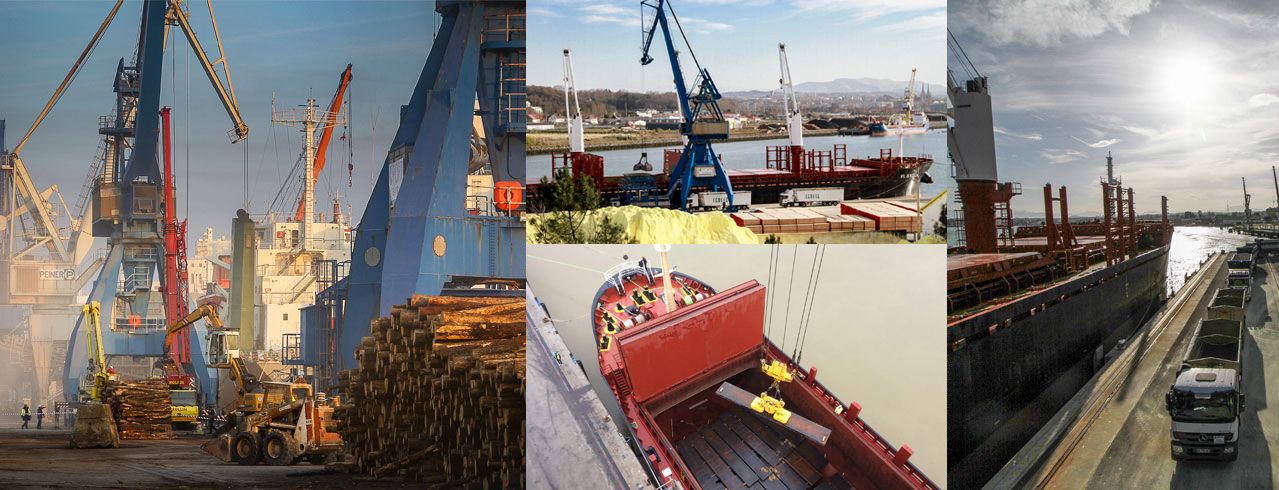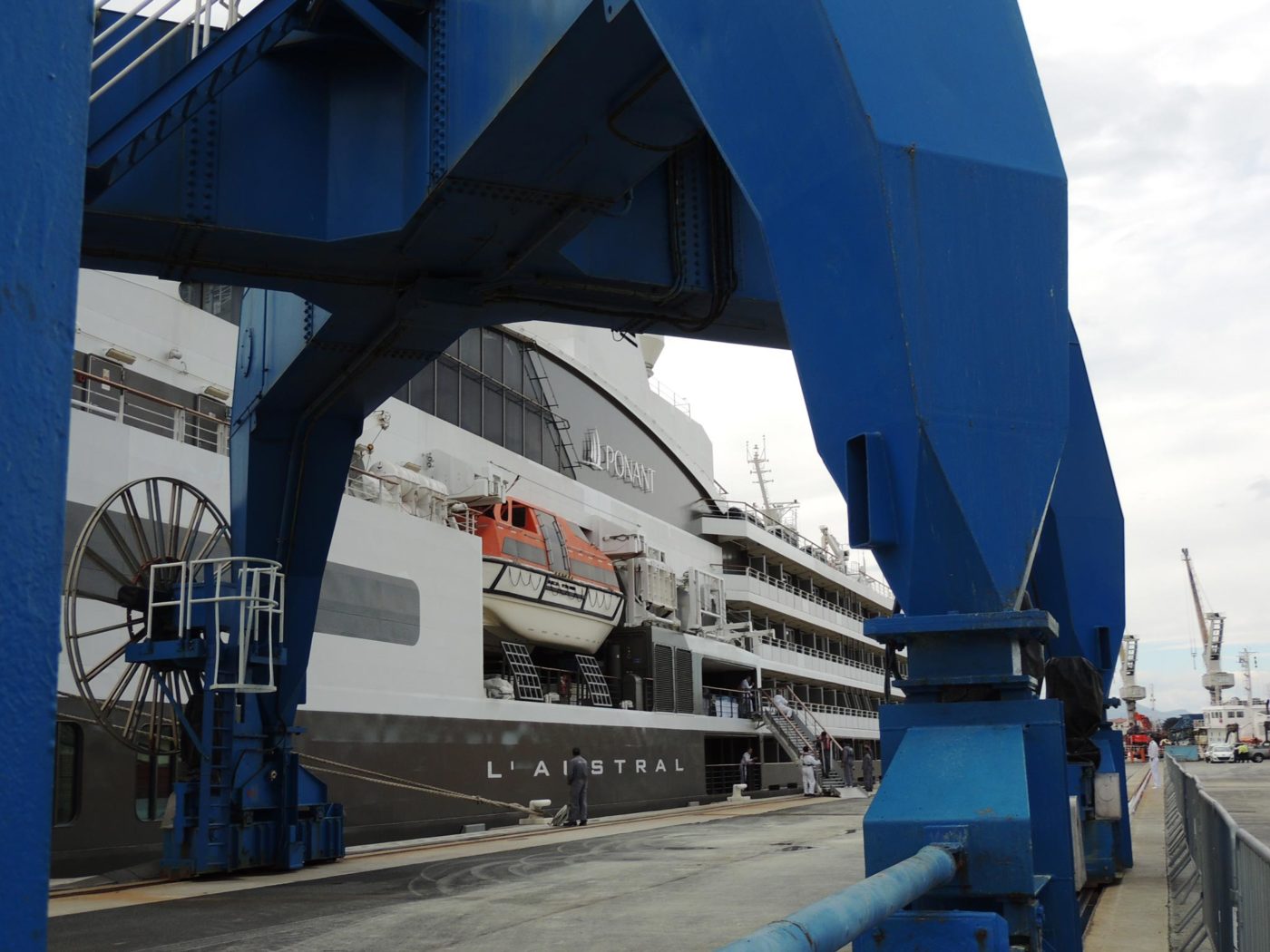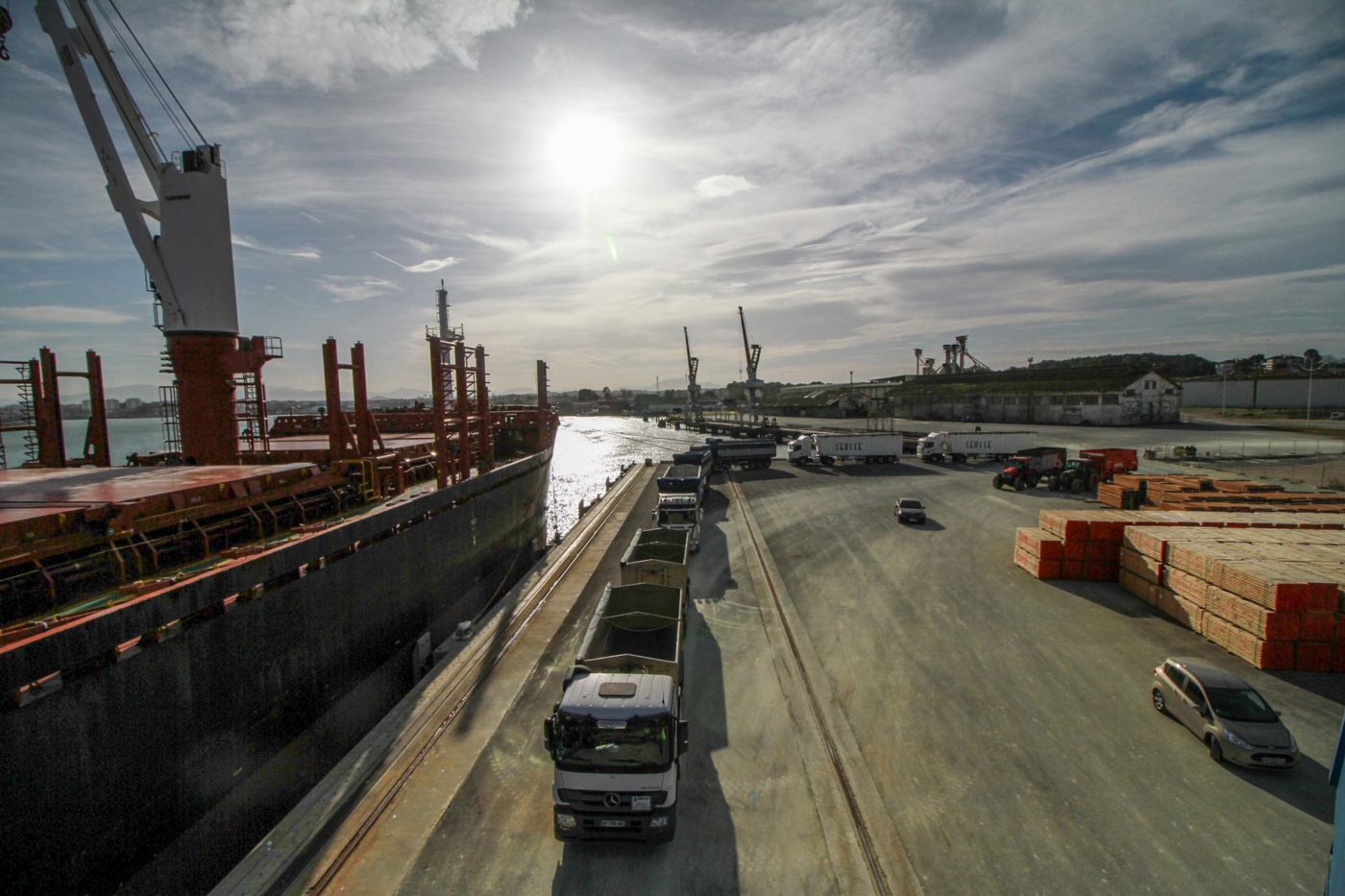With over 2.5 million tons of goods handled each year, the Port of Bayonne plays a major role in the local economy.
Metalworking
With around one million tons of products per year, the metalworking industry is unquestionably essential for the Port of Bayonne’s good state of health.
Two of the industry’s companies are present at the port:
- Laminoir des Landes: specialised in the production of heavy plates
- CELSA: imports and transforms scrap iron before shipping it as steel billettes
These two companies represent almost half of the port’s tonnage.
Fertilisers
This industry represents around 20% of the port’s activity. The ROULLIER group, through its subsidiary, TIMAC AGRO, operates a plant at the Tarnos terminal.
Chemicals
Bulk liquids play a major role at the Port of Bayonne. The CHANE terminal, formerly ALKION, is the leading site on the Atlantic coast and works with bitumen, hydrocarbons, various chemicals and other products.
ADISSEO, which receives sulphur, is located at the Blancpignon terminal, on the estuary’s left bank.
Together these activities represent just over 10% of the port’s traffic.
Agri-food
Like fertilisers, bulk agri-food represents around 20% of goods which flow through the Port of Bayonne. Corn exports are the main activity in the area under concession.
With the aim of implementing environmentally friendly logistic solutions, it transports goods to the Maïsica group’s silos located at the port, mostly by train.
In order to support its clients in their development projects, the Port of Bayonne has been awarded Designated Point of Entry approval (DPE)authorising it to import animal feed of non-animal origin.
Various bulk
Thanks to its high-performance facilities, the Port of Bayonne is able to manage both heavy and varied traffic.
It is the privileged point of entry and exit for bulk forestry products, a strongly established industry in the area.
The port is regularly used to import and export heavy packages. The implementation of GR15 at Tarnos docks in spring 2019 means this type of extraordinary goods can be handled more efficiently.
The RORO bridge located at the Saint Bernard terminal enables the Port of Bayonne to receive roro vessels.
Container vessels use the Blancpignon terminal.


